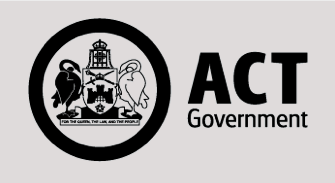
Director’s Overview
Undoubtedly the highlight of this year has been the record number of trials, sentencing proceedings and appeals in the Supreme Court and Court of Appeal. Every section of the Office contributed to this magnificent achievement.
The number of Supreme Court trials concluded – 72 – was the highest on record and more than double the long term average. Sentencing proceedings in the Supreme Court (accused sentenced after being committed for sentence or changing their plea to guilty) were also at an all time high. The number of Supreme Court appeals (appeals from the Magistrates Court to the Supreme Court) was an all time high of 89, more than double the long term average. And appeals to the Court of Appeal where another record – 41, triple the long term average. All of this took place in the context of what was otherwise an especially busy year, as this report attests.
It is particularly notable that all trials are prosecuted by in-house counsel. In the past complex or serious matters were briefed out, often at great expense. The benefits of my policy of in-house advocacy have not just been fiscal however. There is now a greater expertise and confidence within the Office, of which I am very proud.
Criminal justice continues to throw up challenges. In the last year some 87 accused who indicated a plea of not guilty and were committed for trial changed their plea to guilty before trial. More than half of those did so within 2 weeks of the scheduled trial date, after considerable public resources had been expended on preparing their matters. Although pleas of guilty are welcome at any stage – and often come as an immense relief to victims and other witnesses – a mechanism has to be found to encourage early changes of plea. Too many public resources are being chewed up in matters that ultimately end up in pleas of guilty. Victims and witnesses are being subjected to unnecessary stress and anxiety. And in many cases, accused persons are missing out on sentencing discounts for early pleas, and the benefits that come from the certainty of resolving matters, and the expiation of guilt.
My office has concentrated in the last couple of years on resourcing matters committed for trial “up front”. As soon as a matter is committed for trial, consideration is given to the indictment – which is prepared and signed, the witness list, and the case itself. This is the subject of a detailed case statement which sets out the way in which the Crown presents its case, the elements of the offences and the evidence available to prove each element. This case statement is filed with the court and served on the defence. The time has come for the Crown’s effort to be matched. Now that the docket system has brought certainty and transparency to the listing of matters in the Supreme Court, it is time to tackle the issue of case management. I have put forward some modest proposals, which I have discussed with many in the profession. In brief those are:
- the introduction of case management powers for the Supreme Court
- pre-trial disclosure of expert evidence by accused persons.
So far as case management powers of the Supreme Court, we lag well behind other jurisdictions. The court should be given powers to:
- enable the court to make any orders or directions that it considers necessary for the efficient, economical and expeditious management and conduct of the trial;
- order the prosecutor and the accused person’s legal representative to attend a pre-trial conference or take other measures on a ‘without prejudice’ basis to attempt to agree on the issues in the trial;
| |
||||
| DIRECTOR OF PUBLIC PROSECUTIONS ANNUAL REPORT 2012-2013 | ¦ vii |
|||
| ← Previous Page | Next Page → | |||

